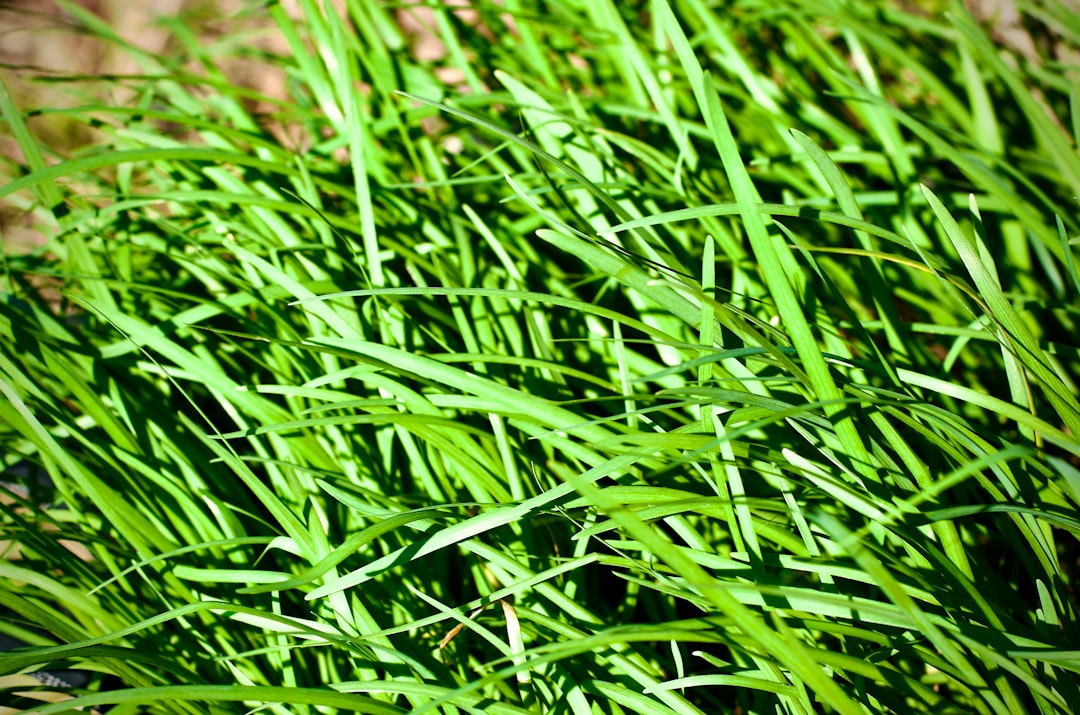Rescuing Your Fiddle Leaf Fig: Unveiling the Mysteries of Brown Spots

Houseplants have become an integral part of modern living, adding a touch of nature and tranquility to our indoor spaces. Among the many popular houseplants, the fiddle leaf fig (Ficus lyrata) stands out with its large, violin - shaped leaves, making it a favorite for interior decorators and plant enthusiasts alike. However, one common issue that fiddle leaf fig owners often encounter is the appearance of brown spots on the leaves. In this article, we will explore the common causes of these brown spots and provide effective solutions to restore your plant's health.
1. Overwatering
Overwatering is perhaps the most common cause of brown spots on fiddle leaf fig plants. When the plant is watered too frequently, the roots become waterlogged, leading to poor oxygen circulation. This can cause root rot, which in turn affects the plant's ability to absorb nutrients and water properly. As a result, brown spots start to appear on the leaves. To check if overwatering is the problem, you can gently remove the plant from its pot and examine the roots. Healthy roots should be white or light brown, while rotting roots will be dark brown or black and mushy.
Solution: First, stop watering the plant immediately. Allow the soil to dry out completely before watering again. You may need to repot the plant in fresh, well - draining soil if the root rot is severe. Make sure the pot has drainage holes to prevent water from pooling at the bottom.
2. Underwatering
On the other hand, underwatering can also cause brown spots on fiddle leaf fig leaves. When the plant doesn't receive enough water, it starts to conserve moisture by shedding older leaves or developing brown, crispy edges. The lack of water can also lead to a buildup of salts in the soil, which can further damage the plant.
Solution: Check the soil regularly by sticking your finger about an inch into the soil. If it feels dry, it's time to water the plant. Water the fiddle leaf fig thoroughly until water drains out of the bottom of the pot. You can also increase the humidity around the plant by misting the leaves or placing a humidifier nearby.
3. Poor Lighting
Fiddle leaf figs require bright, indirect light to thrive. If the plant is placed in a location with too little light, it may develop brown spots as it struggles to photosynthesize. On the contrary, direct sunlight can scorch the leaves, also resulting in brown patches.
Solution: Find a spot in your home that receives bright, indirect light, such as near a north - or east - facing window. If you don't have enough natural light, you can use artificial grow lights to supplement the light requirements of your fiddle leaf fig.
4. Pests and Diseases
Pests like spider mites, mealybugs, and scale insects can infest fiddle leaf fig plants and cause brown spots. These pests feed on the plant's sap, weakening the plant and leaving behind brown marks. Fungal and bacterial diseases can also lead to the development of brown spots on the leaves.
Solution: Inspect your plant regularly for signs of pests. If you notice any pests, you can use insecticidal soap or neem oil to get rid of them. For fungal or bacterial diseases, remove the affected leaves and treat the plant with a fungicide or bactericide according to the product instructions.
5. Nutrient Deficiency
A lack of essential nutrients, such as nitrogen, potassium, or magnesium, can cause brown spots on fiddle leaf fig leaves. Nutrient deficiencies can occur if the plant is not fertilized regularly or if the soil has become depleted over time.
Solution: Use a balanced, water - soluble fertilizer formulated for houseplants. Follow the instructions on the fertilizer package for the correct dosage and frequency of application. You can also add organic matter, such as compost, to the soil to improve its nutrient content.
In conclusion, caring for a fiddle leaf fig plant requires attention to detail and a good understanding of its needs. By identifying the common causes of brown spots and implementing the appropriate solutions, you can restore your fiddle leaf fig to its former glory and enjoy its beautiful foliage for years to come.